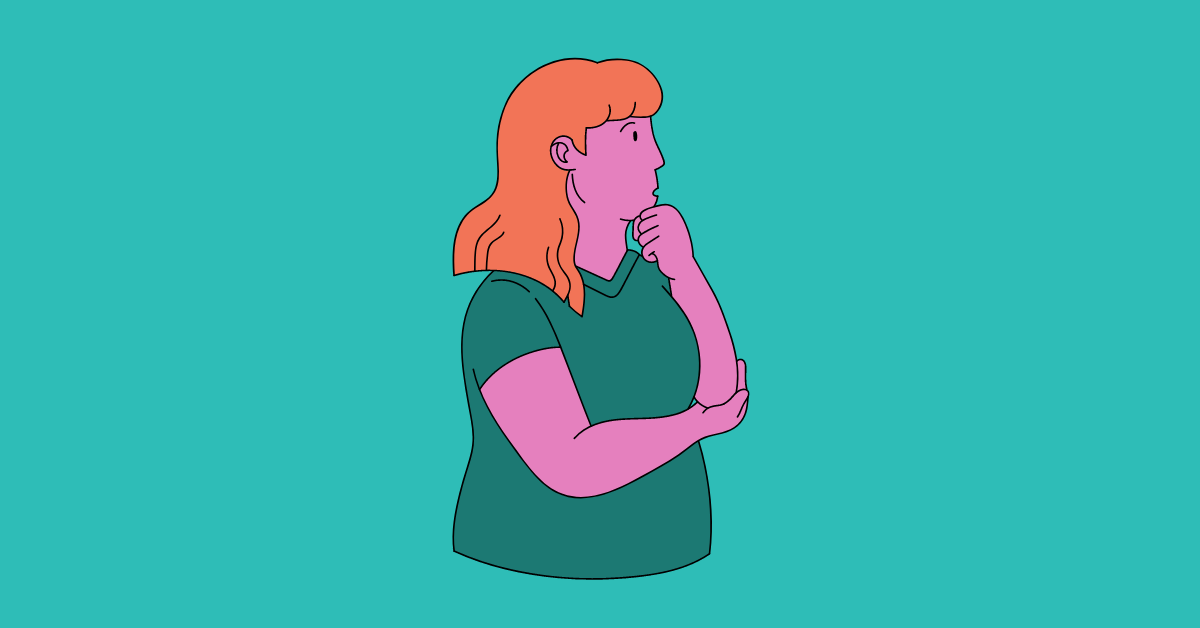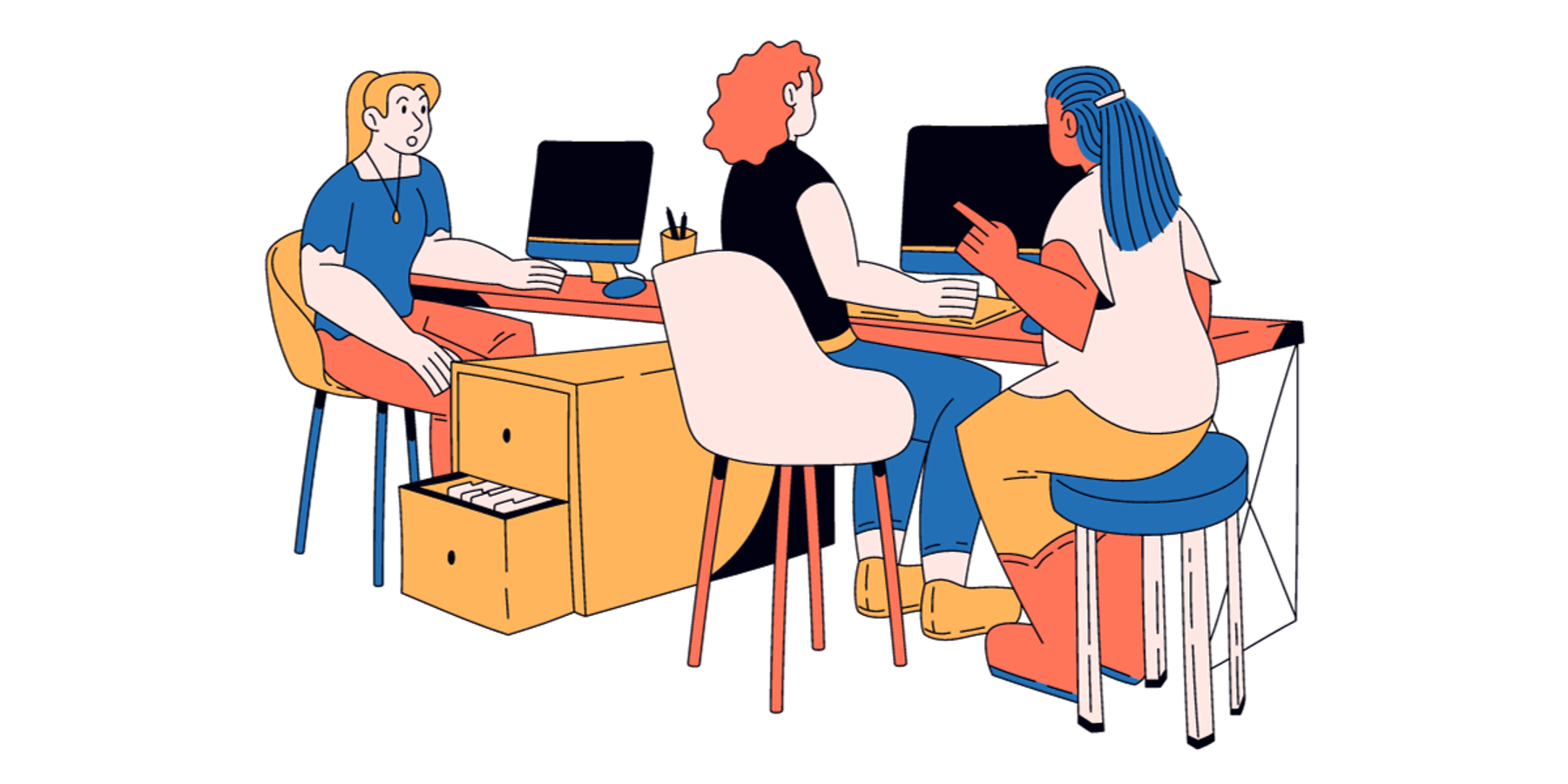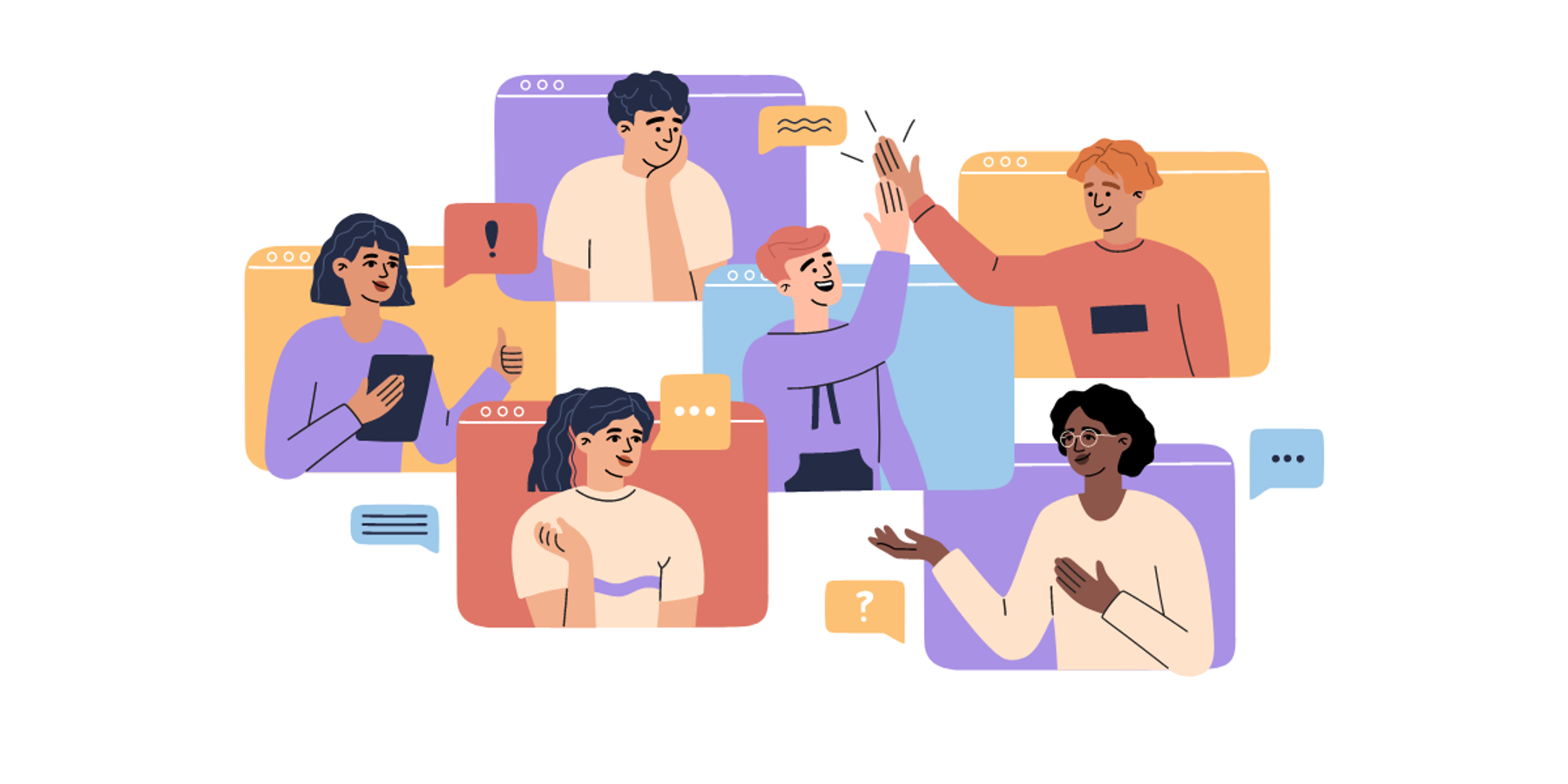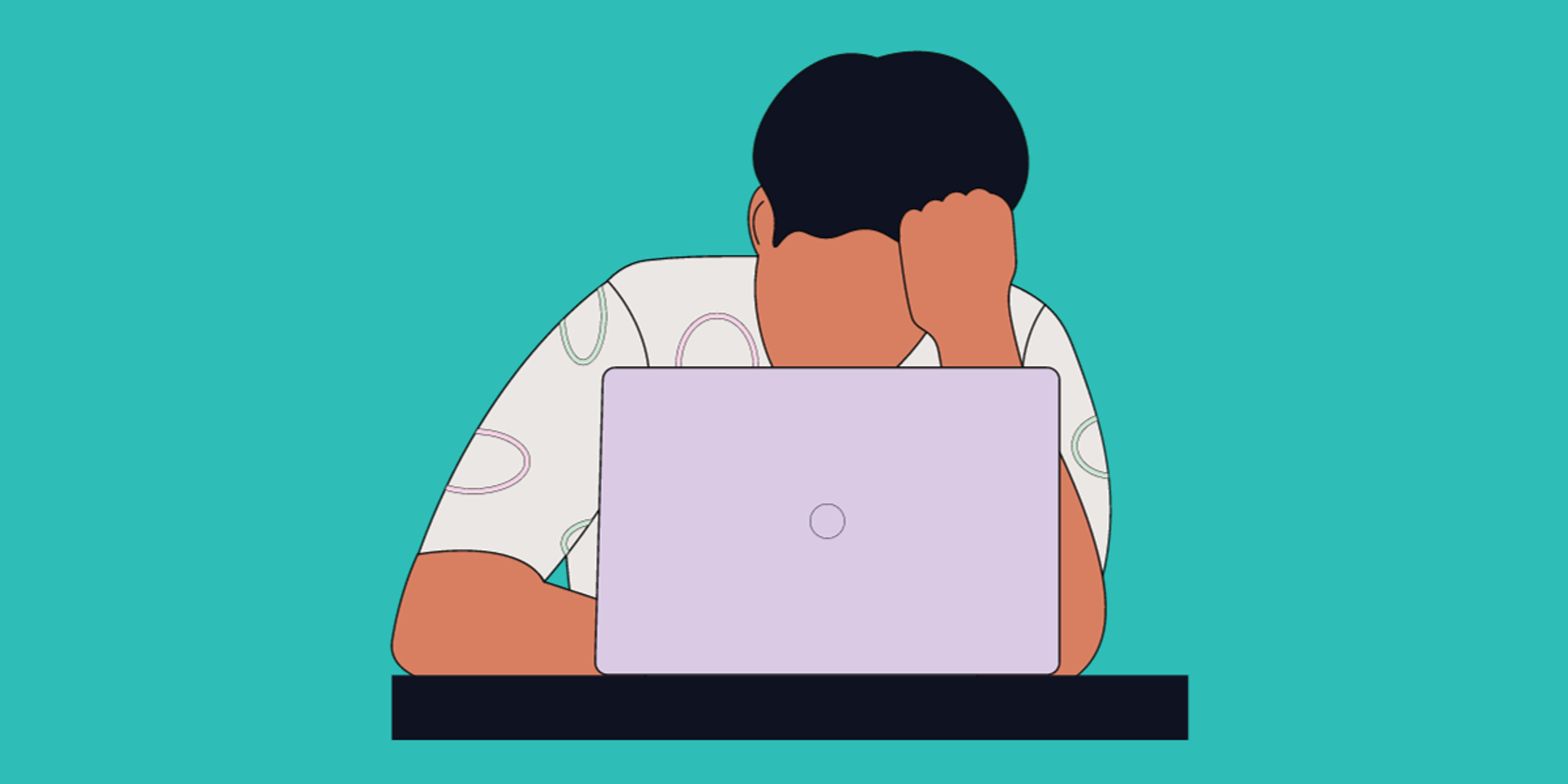What are marginalized communities? The meaning may feel unclear, even though the term gets thrown around a lot in the news, on social media, in social science studies, and in social justice contexts. Marginalized communities are groups of people who have been pushed to the margins of society for any number of identity- or circumstance-tied reasons. The definition of marginalized communities relates to unequal access to power, vulnerability, and an experience of exclusion in society.
The types, measurement, and outcomes of marginalization are complex. Marginalization speaks to how society functions. According to the UN, an estimated 891 million people in the world experience discrimination on the basis of their ethnic, linguistic, or religious identities. The impact of marginalization extends beyond the psychological into serious social, economic, and political dimensions. Marginalization is a significant barrier that quite literally prevents societies from being inclusive. Let’s learn more.
Key concepts of marginalized communities
The meaning of marginalized communities refers to groups of people who have been ignored by or prevented from participating in the social, economic, cultural, and political processes of society.
Marginalization
Marginalized communities don’t go anywhere — the “margin” of society isn’t a physical place. (Although, as we see with gentrification pushing Black, brown, and lower-income communities out to the literal margins of cities like New York City and San Francisco, sometimes marginalization is reflected in physical spaces.) Instead, marginalization is primarily an analogy to help describe how certain people and their needs are pushed aside in society. Like a wallflower at a dance, marginalized people are relegated to the sidelines. They are often treated (and seen) differently than the “mainstream” demographic of society.
Marginalized communities experience exclusion due to imbalances of power and, therefore, are often the subjects of discrimination. Unequal power is a key concept in the definition of what it means to be marginalized: to be relegated to an unimportant or powerless position within a society or group.
The term “minority” is sometimes used to describe “non-dominant” social groups. But the term “minority,” implies a numerical deficit. This is not always the case. For example, in southern U.S. states, there were times when the number of Black enslaved people outnumbered the White population. While there is no single marginalized groups definition, existing definitions consistently include the fact that marginalized groups have little-to-no access to power and are vulnerable to exclusion.
Social exclusion
A parallel concept and synonym for marginalization is social exclusion. The UN defines social exclusion as “a state in which individuals are unable to participate fully in economic, social, political, and cultural life.” It is helpful to view marginalization through the lens of what kind of exclusions people experience.
Social exclusion can be material. Material exclusion describes a lack of resources, such as:
- Income
- Employment
- Housing
- Education
- Healthcare, etc.
Social exclusion can also be psychological or social, such as:
- Having no voice
- Lacking interaction with other members of society
- Not receiving the same rights or dignity
- A lack of protection, etc.
Measuring marginalization
Marginalization is a complex and multi-faceted process that occurs in societies across the globe. It’s hard to measure the true impact of marginalization because it touches upon so many aspects of existence. There is no single indicator that tells us X amount of people are marginalized in society. Instead, we use a combination of objective and subjective measures. In the United States, for example:
- 37.9 million people live in poverty
- 5.9 million households were “unbanked” (no checking or savings account)
- 31.6 million people have no health insurance
- 582,462 people are experiencing homelessness
- 32% of Black Americans experienced discrimination in healthcare encounters
These are just a handful examples of exclusions that are used to quantify marginalized communities.
Intersectionality
It’s impossible to talk about marginalization without discussing intersectionality. We’ve talked about intersectionality, its meaning, and uses before. When it comes to marginalization, people likely experience multiple types of marginalization and social exclusions simultaneously.
Types of marginalization
There can be many kinds of marginalization. Let’s focus on three major types: social, political, and economic.
Social marginalization occurs when a person is isolated from interaction and engagement with other people. That can look like:
- Being shunned or ignored in public like so many people experiencing homelessness
- Being prohibited from joining leisure activities
- Being prohibited from using certain facilities like restaurants
- Receiving poorer treatment from services like healthcare
Social marginalization makes it difficult to move out of poverty or up in social class. Having social networks and community is key to success.
Political marginalization occurs when a person or group is prevented from participating in a democratic decision-making process. Political power is a primary tool for accessing many privileges in society. Political marginalization looks like:
- Being prohibited from holding political office
- Being prohibited from voting
- An absence of your voice in policy making
Groups that often are politically marginalized are women, immigrants, people with disabilities, youth, and older people.
Economic marginalization occurs when a person cannot participate in the labor market or other economic structures in society. This looks like:
- Being unemployed or under-employed for long periods
- Having to participate in informal work
- Being excluded from financial systems
- Lacking access to material wealth like housing or land
- Lacking access to services like healthcare or education
Consequences of marginalization
Marginalization has a number of complex, negative outcomes.
Poverty. Marginalization harms people materially, preventing them from earning sufficient income, accessing resources, and utilizing public services. Marginalized people do participate in the labor market, just on unequal terms. Without access to resources, it is difficult for marginalized groups to avoid poverty or to escape it through their own efforts. Marginalized groups are often excluded or left behind as the economy develops.
Health. The World Health Organization identifies the social and economic environment of a person’s life as a key determinant of health. Marginalized groups have unequal access to income, education, housing, and health services which all results in more difficult life conditions. Marginalized groups are disproportionately affected by hunger, shorter life expectancies, and exposure to diseases. During the COVID-19 pandemic, research found the primary predictor of multigenerational COVID-19 within a family was social determinants of health.
Violence and insecurity. As marginalized groups suffer with unequal access and denial of opportunities, they group together seeking redress of their rights. Protests, marches, and demonstrations can be peaceful and yet, still, be met with violent reactions by those in power. Conflict is generated when ethnic or religious lines determine access to social, political, or economic resources. Black Lives Matter protests were met with police violence in the United States, while there is increasing violence between Hindu and Muslim groups in India.
3 examples of marginalization
1. Rural populations
Rural communities play an important part in the economic system of a nation, as they’re often the source of a nation’s agricultural production. Yet rural communities lack many resources that urban areas possess. These resources can range from internet access to basic sanitation. People in rural areas can also experience barriers to job opportunities. Most of the world’s population living in extreme poverty live in rural areas. Rural areas are often marginalized from political decisions and may have different values than urban-based policy makers.
2. Ethnic groups
In places where there are ethnic groups that are not the numerical majority, marginalization is the norm. An ethnic group typically shares a language, religion, culture, race, or other characteristics among its members. It is easy to “other” ethnic groups because of clear differences in things like dress, habits, religion, food. Due to marginalization, underrepresented ethnicities and Indigenous groups are often disproportionately affected by poverty and poor health outcomes.
- In Latin America, 8% of the population is Indigenous, but Indigenous people represent 14% of those living in poverty.
- In China, although marginalized ethnic groups make up less than 9% of the population, they account for 37% of known cases of HIV.
3. The T in LGBTQIA+
Trans people can experience additional marginalization beyond what is already experienced by their cis queer counterparts. Essentially, they are a marginalized group within a marginalized group. This highlights just how vulnerable certain groups of people are to exclusion.
- 14% of trans people are unemployed, nearly four times the unemployment rate for the general population in the United States.
- 43.8% of trans workers report experiencing verbal harassment compared to 29.3% of cis queer employees
- 22.4% of trans workers reported experiencing sexual harassment in the past five years compared to 11.9% of cis queer employees




